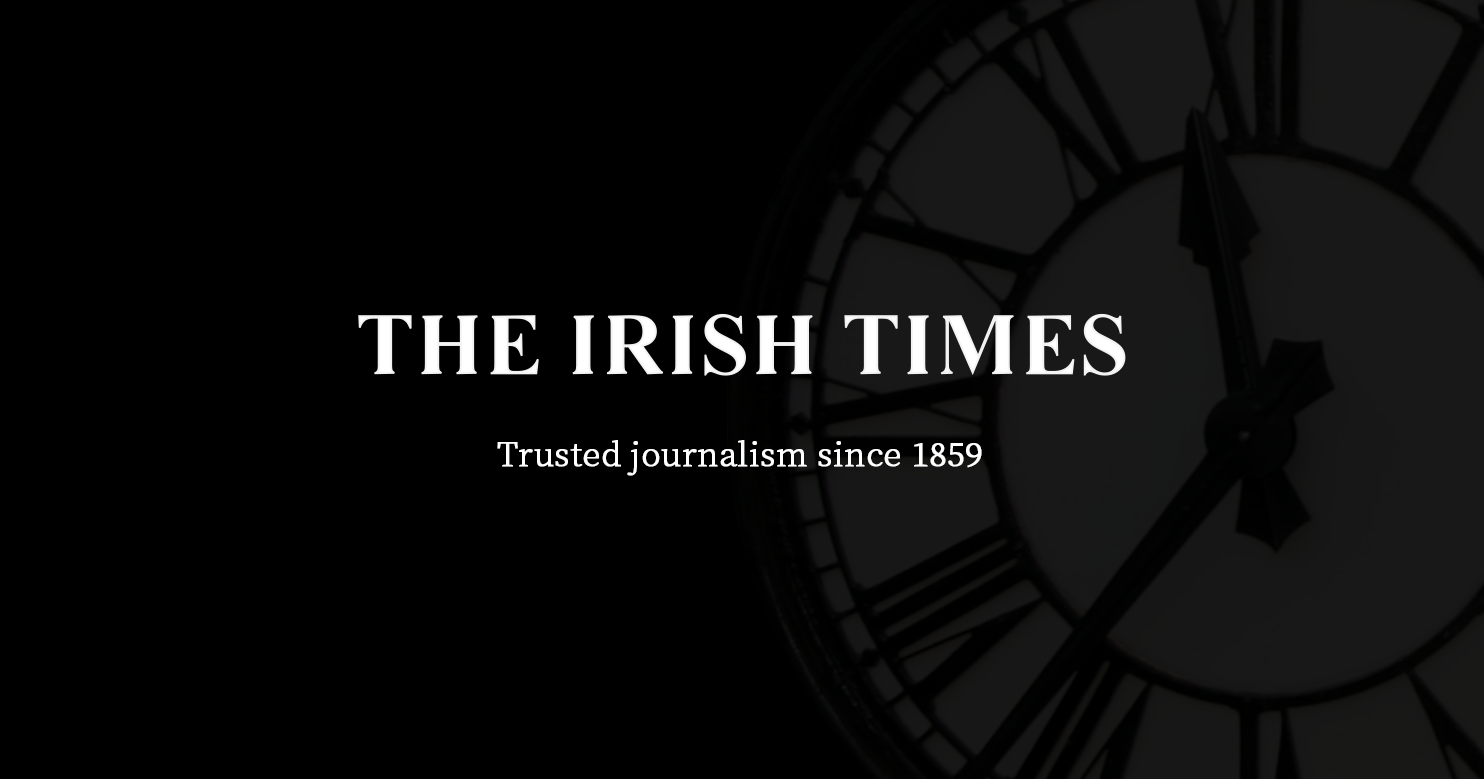The latest indication of global destruction of wetlands is the most accurate ever produced. Going back to 1700, with old maps replaced by satellite photographs in more recent times, it confirms an appalling scale of human-induced destruction of landscape. These ecosystems are not only vastly superior to forests in storing carbon, up to 40 per cent of the planet’s species live and breed in them.
The study by scientists based at Stanford University indicates Ireland has lost more than 75 per cent of its wetlands (most of which are peatlands); it is the biggest loss of any country. It was clear during the mid 20th century that aggressive drainage was undermining the essential resilience of nature. Yet extraction of peat was aggressively pursued with inappropriate afforestation in Ireland, to the point that only 20 per cent of native peatlands are intact today.
This gross transgression was not an isolated failure in land use policy. The findings coincide with a legal opinion from the European Court of Justice on a long-running case brought by the European Commission against Ireland which details persistent failures to protect habitats – including wetlands – under the habitats directive.
Remarkably, the Stanford research published in Nature confirms it is still possible to arrest loss and restore wetlands. In Ireland’s case, this includes turloughs and salt marshes. Given its preponderance of peatlands and blanket bogs, a programme of re-wetting and restoration is needed. The Government has backed this approach, mainly on what were formerly Bord na Móna bogs in the midlands. There is already some success, but all too often rewetting bogs relies on voluntary efforts of local communities.
READ MORE
This work has to be systematically scaled up to ensure a return to peat-forming bogs with a mosaic of wetlands, grasslands and native woodlands to protect storage of 100 million tonnes of carbon and enhance biodiversity. Without it, Ireland’s target of carbon neutrality no later than 2050 will be impossible, as will atonement for the country’s previous environmental sins.










